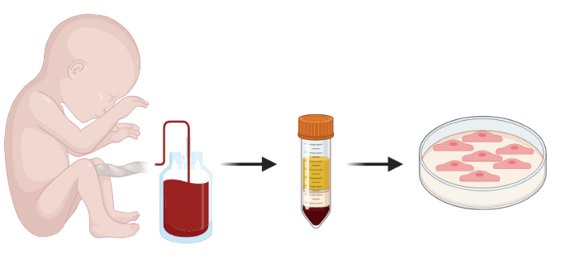Rendu-Osler disease, also known as Hereditary Haemorrhagic Telangiectasia (HHT), is a rare vascular disorder (1 in 5,000 individuals) characterised by nosebleeds and arteriovenous malformations of vital organs such as the lung, liver and brain. This genetic disease is caused by mutations in two genes, Activin receptor-Like Kinase 1 (ALK1) and endoglin, which encode receptors in the endothelial cells lining blood vessels.
In 2007, the IRIG team identified two Bone Morphogenetic Protein proteins, BMP9 and BMP10, as ligands for these two receptors [1,2]. ALK1 mutations lead to a loss of function of the protein, suggesting that this disease is due to functional
haploinsufficiency.
In this new work, the researchers analyzed the transcriptomic of endothelial cells, derived from umbilical cord blood carrying the mutated ALK1 gene, in response to stimulation by BMP9 or BMP10. The results show that a single mutation in the ALK1 gene does not affect the signalling pathway after stimulation by BMP9 or BMP10 [3].

Figure 1: collection of cells from umbilical cord blood of a newborn baby whose mother or father has Rendu-Osler disease.
The haploinsufficiency model of Rendu-Osler disease is thus revisited: This works shows that a second hit (genetic, inflammatory, angiogenic) is necessary to lead to this vascular pathogenesis.
haploinsufficiency: only one of the two copies of the gene provided by the parents is active, but synthesized in insufficient quantities to allow normal cell function.